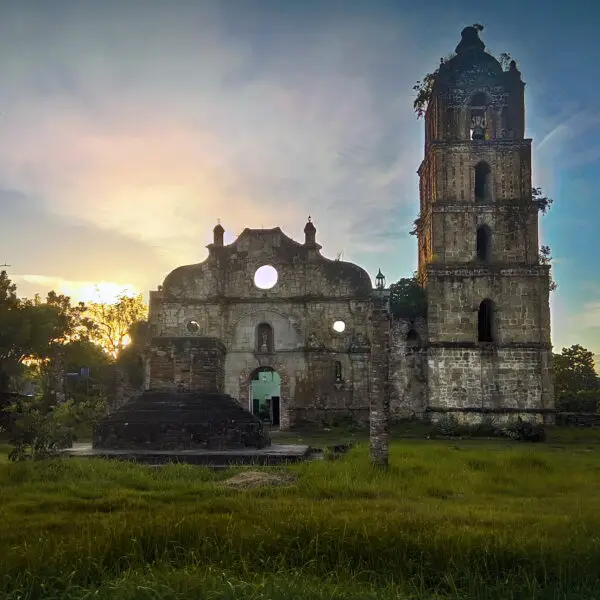An Introduction to Isabela
Isabela is a province located in the Cagayan Valley region, known for its vast agricultural lands and natural attractions. Its capital city is Ilagan, which serves as the center of commerce and trade. It is bounded by neighboring provinces such as Cagayan, Kalinga, Quirino, and Aurora.
Apart from being an agricultural hub in Northern Luzon, Isabela has a lot to offer for tourists seeking adventure and relaxation. With its stunning beaches, caves, waterfalls, historical sites, festivals, and delicious local cuisine – there’s something for everyone.
Beaches
Isabela may not be as famous as Boracay or Palawan when it comes to beaches, but it has its own share of stunning white sands and clear waters. Here are some of the beaches you should visit:
Dicotcotan Beach
If you’re looking for a serene beach with crystal-clear waters, Dicotcotan Beach is the perfect spot for you. This white sand beach is located in the town of Maconacon and is surrounded by lush greenery. You can rent a cottage or bring your own tent if you want to stay overnight.
The Coastal Town of Palanan
It’s worth noting that most beaches in Isabela are not yet commercialized which means that they remain pristine and untouched by massive tourism activities. If you’re planning to visit Isabela’s beaches, make sure to bring enough sunblock, drinking water, snacks, and other necessities since there may be limited services available near some beaches.
Isabela’s beaches may not yet be as famous as other destinations but they offer their own unique charm and beauty. They’re perfect for travelers who want to go off the beaten path and discover something new.
Historical Sites
Museums such as the Isabela Provincial Museum and Santiago City Museum
If you’re a history buff, you’ll love visiting the museums in Isabela. The Isabela Provincial Museum is located in an old Spanish building that used to be the provincial capitol.
It showcases the rich cultural heritage of the province, including antique farming tools, traditional clothing, and local handicrafts. The Santiago City Museum is another must-see attraction for history lovers.
This museum is housed in an old church building and features artifacts from different periods of Santiago’s history, including pre-colonial times all the way up to modern-day. Some of the highlights include a collection of old photographs and vintage items from local businesses.
Churches like the San Pablo Church and Our Lady of Atocha Church
Isabela also has several beautiful churches that reflect its strong Catholic roots. One of these is the San Pablo Church in Tumauini, which is considered one of the best examples of Baroque architecture in Asia. Its intricate façade features a mix of European and Asian design elements, making it truly unique.
Another notable church is Our Lady of Atocha Church in Alicia. This 18th-century church has retained much of its original design and structure over time despite being hit by major earthquakes.
It boasts beautiful stained glass windows representing different saints and a series of paintings depicting scenes from the Bible. Visiting these historical sites gives you a glimpse into Isabela’s storied past – from its Spanish colonial roots to its more recent agricultural history – all while immersing yourself in stunning architecture.
A word on etiquette
When visiting churches or religious sites in Isabela, it’s important to dress modestly out of respect for local customs. This means covering your shoulders and knees and avoiding shorts or revealing clothing. It’s also customary to remove your shoes before entering a church or temple.
Pro tip: timing is everything
If you’re planning to visit any of these historical sites, it’s worth checking ahead to see if they have any special events or masses scheduled. Attending mass in one of Isabela’s beautiful churches is a truly unique experience that allows you to witness the local culture up close and personal.
Food Destinations
Local Delicacies: Pancit Cabagan, Tupig, and Chichacorn
Isabela is not only known for its natural attractions and historical sites but also for its delicious food. One of the must-try local dishes is Pancit Cabagan.
It is a stir-fried noodle dish with vegetables and meat, served with sauce on top. The unique thing about this dish is that it uses two types of noodles: miki (thick egg noodles) and bihon (thin rice noodles).
You can find it in almost every restaurant or canteen in Isabela. Another popular snack or dessert that originated from Ilagan City is Tupig.
It is a sticky rice cake wrapped in banana leaves and cooked over charcoal. The ingredients include glutinous rice, coconut milk, sugar, and grated coconut meat. Tupig has a sweet taste with a hint of smoky flavor from the banana leaves.
If you’re looking for something salty to munch on while exploring Isabela, try Chichacorn. It’s crispy fried corn kernels that are flavored with garlic or cheese. Chichacorn originated from the town of Cauayan but now can be found all over the province.
Festivals
The Bambanti Festival: A Celebration of Isabela’s Agricultural Heritage
Isabela, known as the “Corn Capital of the Philippines,” celebrates its agricultural heritage with the Bambanti Festival. Held every February in the city of Ilagan, this week-long festival highlights the province’s bountiful harvests and pays tribute to farmers who work hard to provide food for Filipinos. The festival’s name comes from the Ilocano word “bamban,” which means scarecrow.
These figures, dressed in traditional farm clothes, are created by local artists and displayed around the town during the festival. The event features street dances, parades, and a beauty pageant where contestants wear costumes inspired by different produce grown in Isabela such as corn, rice, and vegetables.
Aside from these colorful festivities, there are also competitions for farmers to showcase their best varieties of crops such as corn and rice. There are also exhibits selling various products from Isabela like handicrafts made out of bamboo and rattan.
The Gakit Festival: Showcasing Indigenous Culture
The Gakit Festival is a four-day celebration held every January in Ilagan City that showcases the province’s indigenous culture. This event is an opportunity for tribes to show off their unique traditions through dance performances and rituals.
“Gakit” refers to a traditional Ibanag dance performed during harvest season where dancers hold hands forming a ring while singing songs about their gratitude for a successful harvest. The festival features other dances from different tribes such as Binuangan dance performed by Ybanag people while wearing colorful costumes made from abaca fibers.
During this time visitors can learn about various tribal cultures through exhibits featuring indigenous crafts like pottery or weaving fabrics using banana fibers. There is also a parade showcasing traditional costumes worn by different tribal groups highlighting their rich history that dates back centuries before the arrival of Spanish colonizers.
One of the highlights of the festival is a culinary competition where traditional dishes are judged. Visitors can try local delicacies like Tinumbong, a sweet sticky rice cake wrapped in banana leaves or Danggit, a smoked fish dish that is popular in Isabela.
Festivals like Bambanti and Gakit make Isabela an exciting destination for both locals and tourists alike because they celebrate the unique culture and traditions of the province. They offer an opportunity to learn about its history while also experiencing its vibrant present-day culture firsthand.
Accommodations: Where to Stay in Isabela
Isabela has an impressive range of accommodations, from luxurious resorts to cozy homestays. Whether you’re a budget traveler or looking for a little extra pampering, there’s an option for everyone.
Hotels
If you’re looking for comfort and convenience, hotels are your best bet. There are plenty of hotels scattered throughout Isabela, offering a range of amenities to suit different budgets. If you have deep pockets, check out luxurious resorts like the Mango Suites Cauayan in Cauayan.
If you’re on a tight budget, there are several affordable hotels such as Isabela Zen Hotel & Restaurant Corporation, and Mango Suites Santiago. These hotels offer clean and comfortable rooms without breaking the bank.
Resorts
For those looking for a little extra indulgence, Isabela has several luxury resorts that offer top-notch amenities including swimming pools, spas, and fine dining restaurants.
Homestays
Looking for an authentic local experience? Homestays are a great way to immerse yourself in Filipino culture while still enjoying comfortable accommodations. There are several homestays throughout Isabela that offer visitors cozy rooms at affordable prices.
Airbnb
Airbnb has become a popular option for travelers looking for unique accommodations. In Isabela, there are several listings ranging from cozy apartments to spacious villas.
Transportation:
Getting to Isabela can be done through various means of transportation.
Depending on your location, you can choose between land and air travel. The province has several entry points which include airports and bus terminals.
By Plane:
One of the easiest ways to get to Isabela is by plane. Cauayan Airport is the main airport in the province, located in the city of Cauayan which is about 65 kilometers from Santiago City. The airport serves domestic flights from Manila, operated by Philippine Airlines and Cebu Pacific.
Other options include Tuguegarao Airport or Clark International Airport which are both about 3-4 hours away from Santiago City by land transportation.
By Land Transportation:
If you prefer traveling by land, there are several bus companies that offer daily trips to Isabela. Victory Liner, Five Star Bus Company, and Florida Transport are some of the popular ones that operate in the province.
Traffic Conditions:
Traffic conditions vary depending on the time of day and location within Isabela Province but usually, it’s not that bad compared to big cities like Manila or Cebu.
However, expect occasional heavy traffic, especially during rush hours and holidays.
Weather Conditions:
Isabela has two seasons: wet (June-October) and dry (November-May). During the rainy season expect occasional floods along highways when typhoons pass through the Northern Luzon Area so always check the weather forecast before planning your trip.
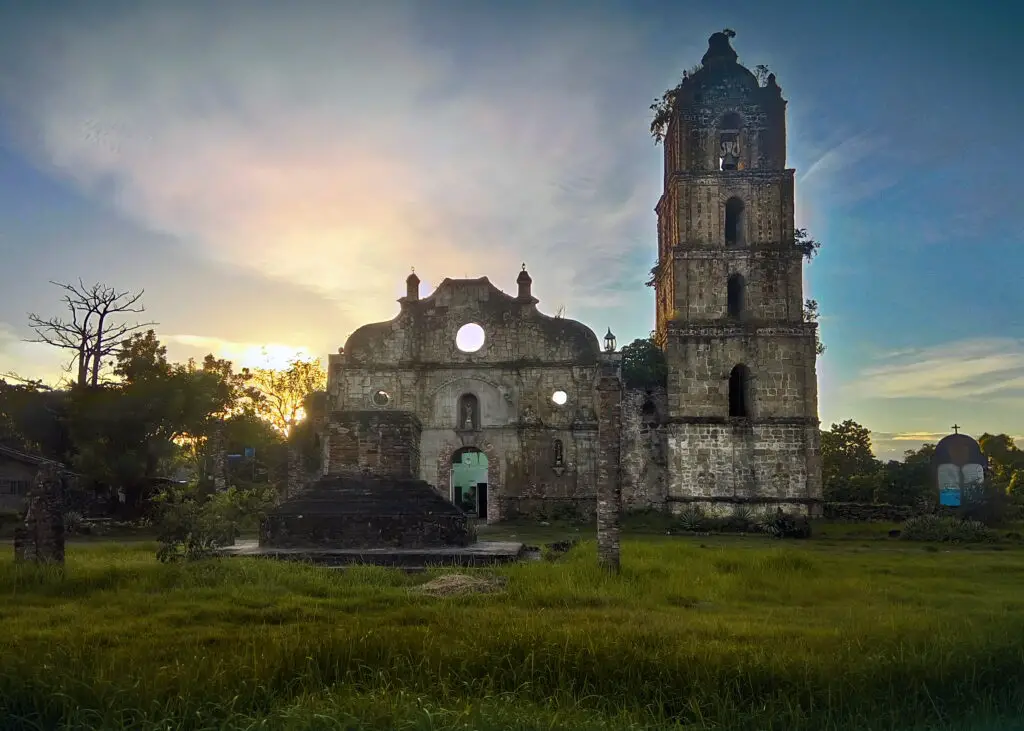
Conclusion: Isabela – A Perfect Destination for Tourists
Isabela is truly a hidden gem in Northern Luzon with so much to offer for tourists seeking adventure and relaxation. With its stunning beaches, natural attractions, historical sites, festivals, and delicious local cuisine – Isabela is a must-visit destination for anyone planning a trip to the Philippines.
Explore the Best of Philippines: Must-See Tourist Destinations
The Philippines is a stunning cluster of islands brimming with breathtaking natural wonders and cultural treasures. With over 7,000 islands, the country offers a diverse range of destinations to explore, from bustling urban centers to tranquil shorelines, and historical landmarks to breathtaking terrains. The Philippines caters to every traveler’s needs, whether it’s seeking an adventurous escapade, unwinding on a serene beach, or delving into cultural experiences. This guide presents a curated list of must-see tourist destinations in the Philippines, each of which offers a distinct and charming experience. So, prepare to embark on an adventure to discover the best of the Philippines.
-
April in the Philippines: Weather, Events, Places and More
In April, the Philippines welcomes travelers with its ideal weather, vibrant cultural events, and stunning destinations. Whether you’re seeking beach relaxation, immersive cultural experiences, or outdoor adventures, April offers an array of options to suit every traveler’s preferences. The weather in April is perfect for enjoying the Philippines’ pristine beaches and outdoor activities. With average…
-
Essential Guide: All You Need To Know About BGC
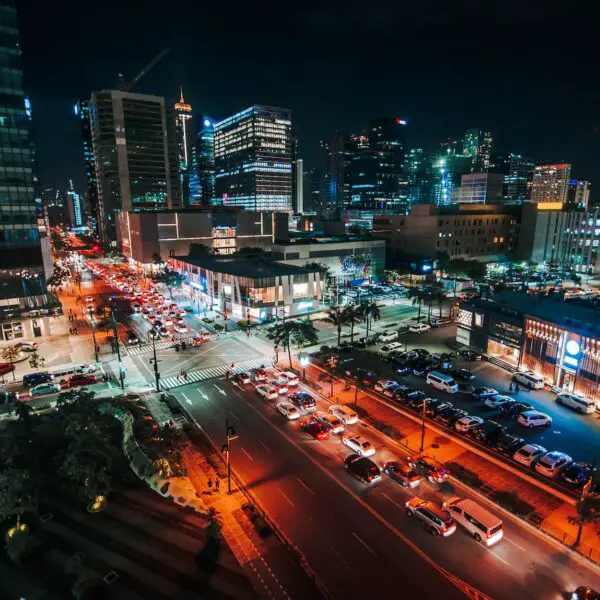
Bonifacio Global City (BGC) is a rapidly growing financial hub located in Taguig City, Philippines. Considered the fastest growing and most important Central Business District in the country, BGC has a significant impact on the economy. Known for its real estate development, commerce, entertainment, and food industry, BGC is home to numerous international and local…
-
Top Travel Spots in the Philippines in March
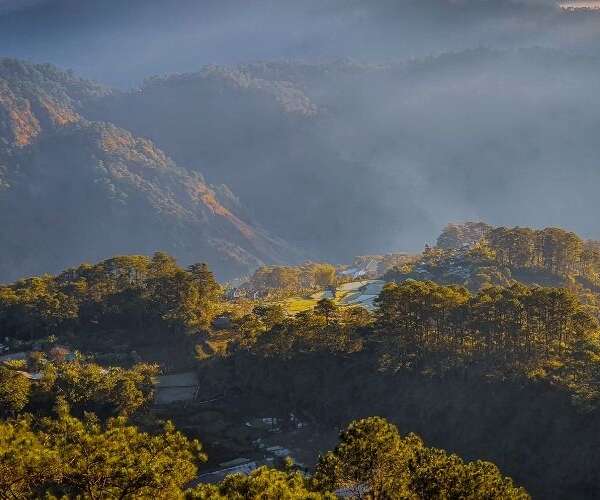
If you’re looking for the best places to travel in the Philippines in March, you’re in for a treat. This tropical getaway offers a wide range of stunning destinations and exciting activities that will make your trip unforgettable. From the pristine beaches to the vibrant festivals, there’s something for everyone in this diverse country. One…
-
Top Picks: Best Places to Visit in The Philippines This December
Planning a trip to the Philippines this December? You’re in for a treat! The Philippines is a vibrant and diverse country that offers a plethora of exciting destinations to explore during the holiday season. From stunning beaches to colorful festivals, there’s something for everyone. Let’s dive into the best places to visit in the Philippines…
-
Find the Perfect Destination in the Philippines This November

November is the perfect time to visit the Philippines, with its pleasant weather and a wide range of exciting destinations to explore. As the start of the dry season, November offers mostly good weather, occasional brief showers, and a moderate risk of typhoons. Whether you’re a nature lover, beach enthusiast, or cultural explorer, the Philippines…
-
Explore the Best Places to Travel in the Philippines this October
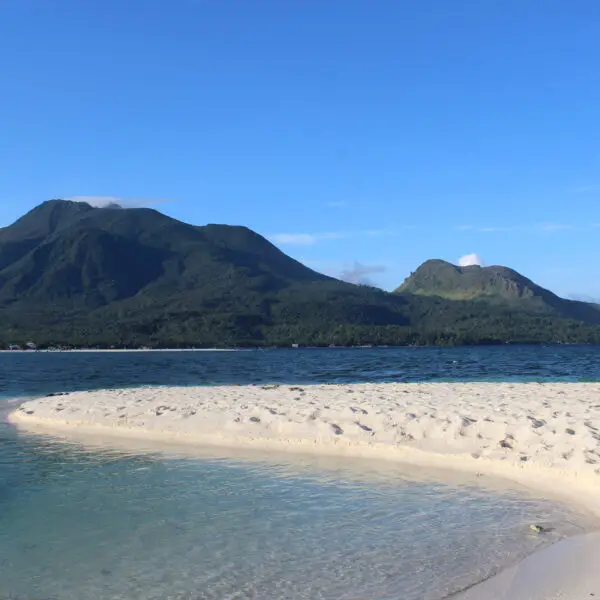
October is the month when the Philippines offers the perfect blend of pleasant weather and stunning landscapes. As the rainy season draws to a close, the country becomes an ideal destination for those seeking an outdoor adventure. With temperatures ranging from 25-27°C, you can explore the tropical paradise without the sweltering heat. The slight chance…
-
Explore Siargao: the Surfing Capital of the Philippines
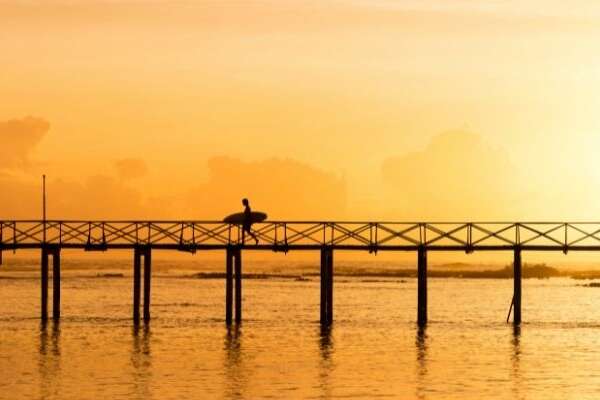
Unleash the adventurer in you and Discover Siargao, the ultimate tropical getaway in paradise. Situated in the Philippines, Siargao is renowned as the Surfing Capital of the country and was hailed as the Best Island in the World by Conde Nast Traveler readers in 2019. Siargao offers an idyllic escape with its pristine white sand…
-
Explore the Stunning Beauty of Honda Bay Palawan
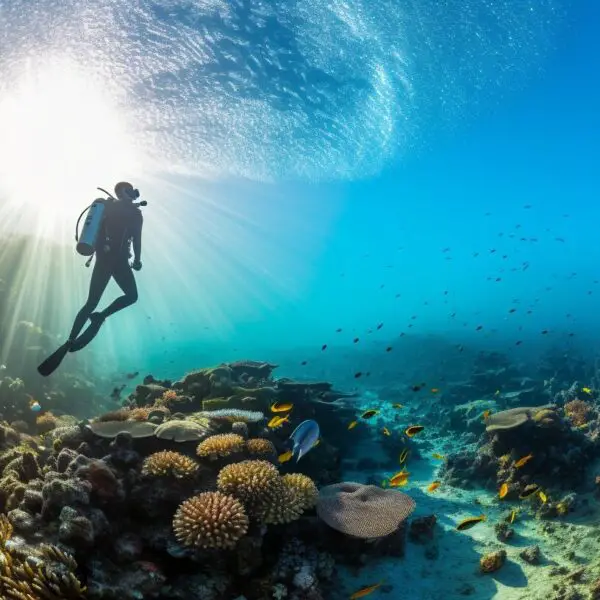
Honda Bay Palawan in the Philippines is a stunning destination that offers a plethora of natural wonders and exciting experiences. This coastal paradise is known for its crystal-clear turquoise waters, vibrant marine life, and beautiful beaches. Visitors have the opportunity to explore a range of islands, each with its own unique charms and attractions. From…
-
Explore Intramuros: The Heart of Old Manila’s Rich History
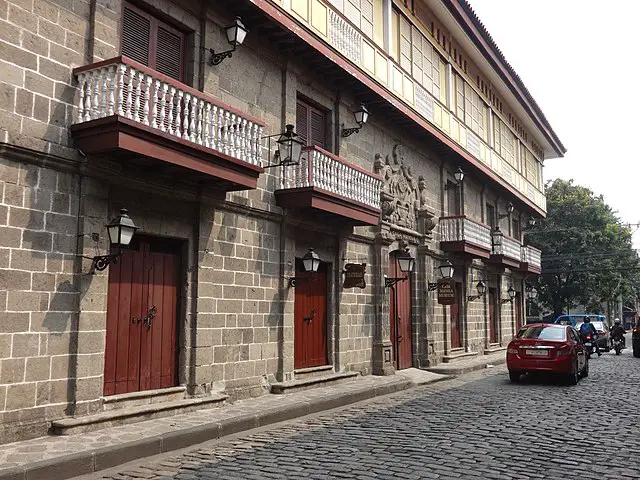
Intramuros is the ancient heart of Manila, a walled city that showcases the rich history and Spanish architecture of Old Manila. Built by the Spaniards as their political and military base in Asia, this historical gem has become one of the Philippines’ most popular tourist spots. Surrounded by 22-foot-high walls, Intramuros is easily navigable on…
-
Unveiling the Beauty of Bolinao Falls in Pangasinan
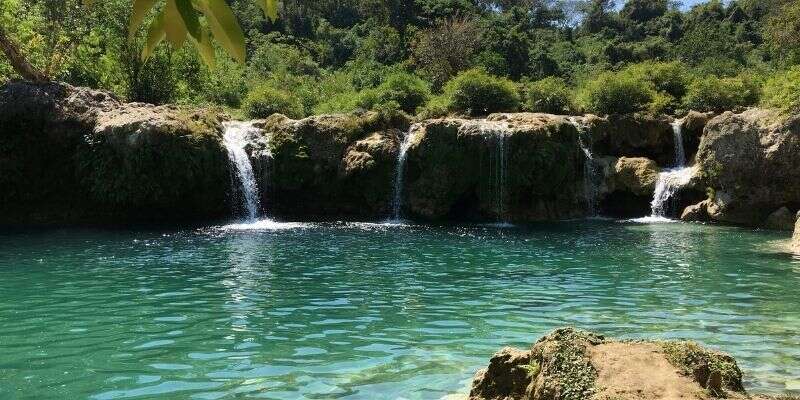
Discover the stunning Bolinao Falls in Pangasinan – a natural paradise that promises a breathtaking experience. Immerse yourself in the serene ambiance and witness the beauty of nature at its finest.
-
Top Natural Wonders in the Philippines
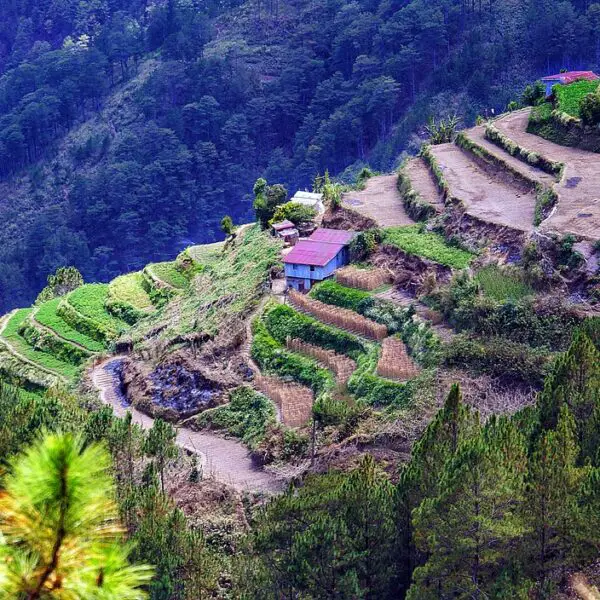
Discover the captivating natural wonders of the Philippines, from underground rivers to majestic hills. Explore beauty that astounds!
-
Discover Enchanting Locations in the Philippines in July
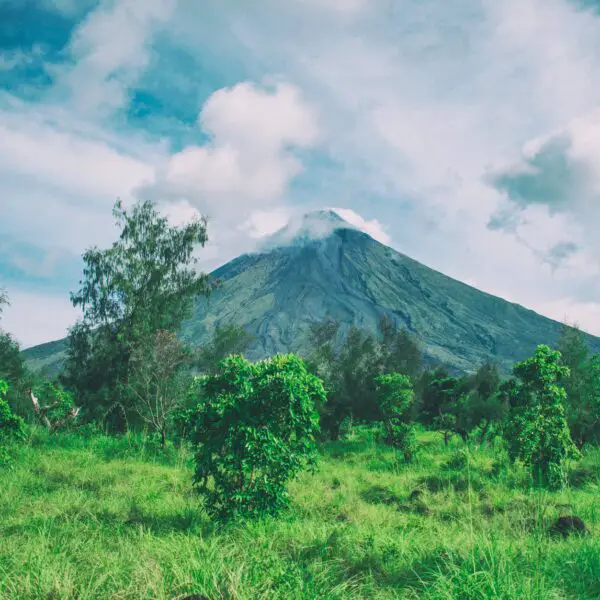
Discover the best places to visit in the Philippines this July, from vibrant Manila to stunning Boracay and off-the-beaten-path gems. Unforgettable adventures await!
-
Explore the Rich Culture and Natural Wonders of the Philippines
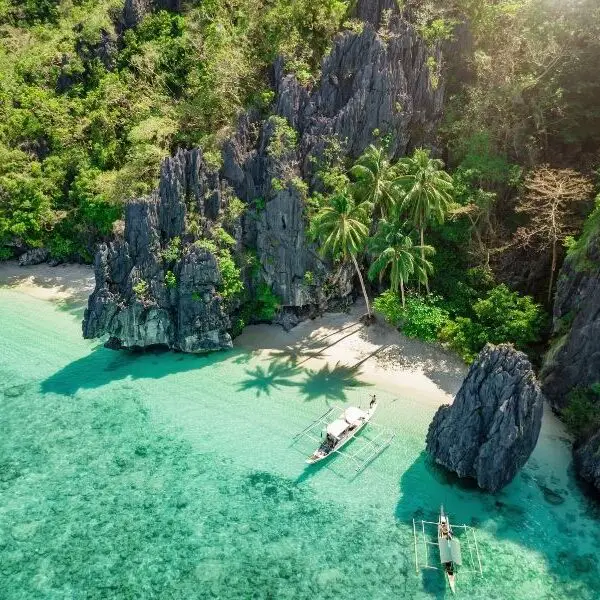
Discover the top 10 must-visit destinations in the Philippines, from Boracay’s white sand beaches to Palawan’s stunning landscapes.
-
Explore Bohol In A Day: Comprehensive Tour of Iconic Attractions
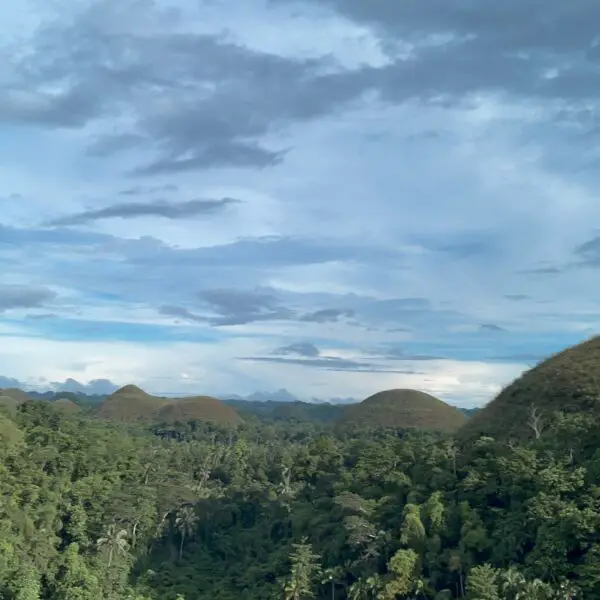
Discover the best of Bohol Island with a full-day tour covering must-see attractions like the Chocolate Hills, Tarsier Sanctuary, and Loboc River Cruise.
-
Unlocking the Wonders of Pinto Art Museum: A Comprehensive Guide to Ticket Prices and More
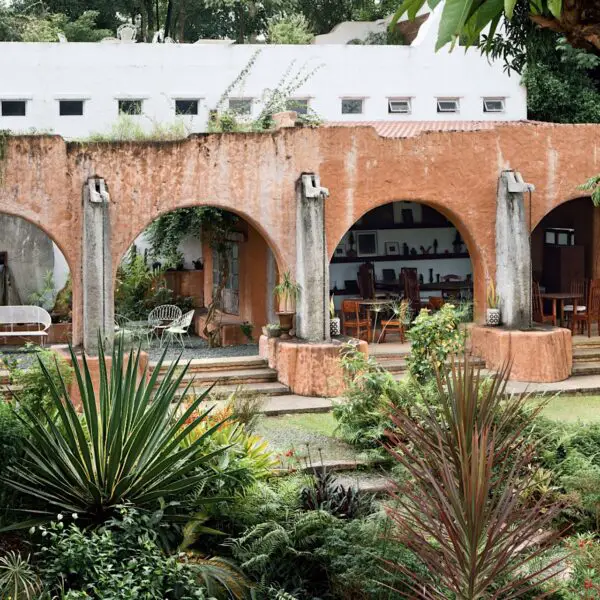
Discover the ticket prices and tips to save money when visiting Pinto Art Museum. Explore all galleries and exhibits with this helpful guide.
